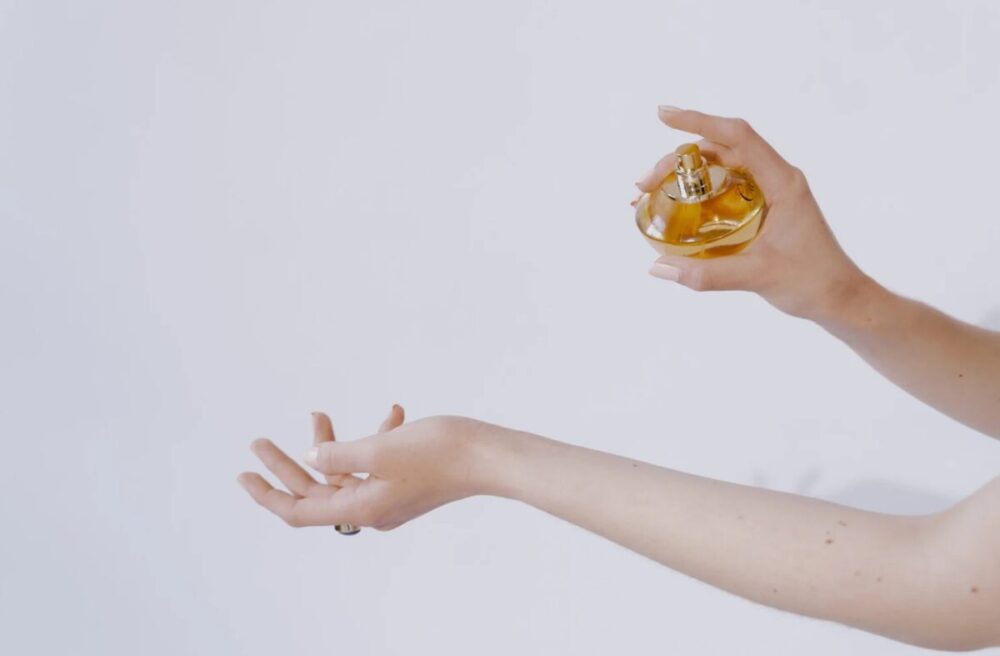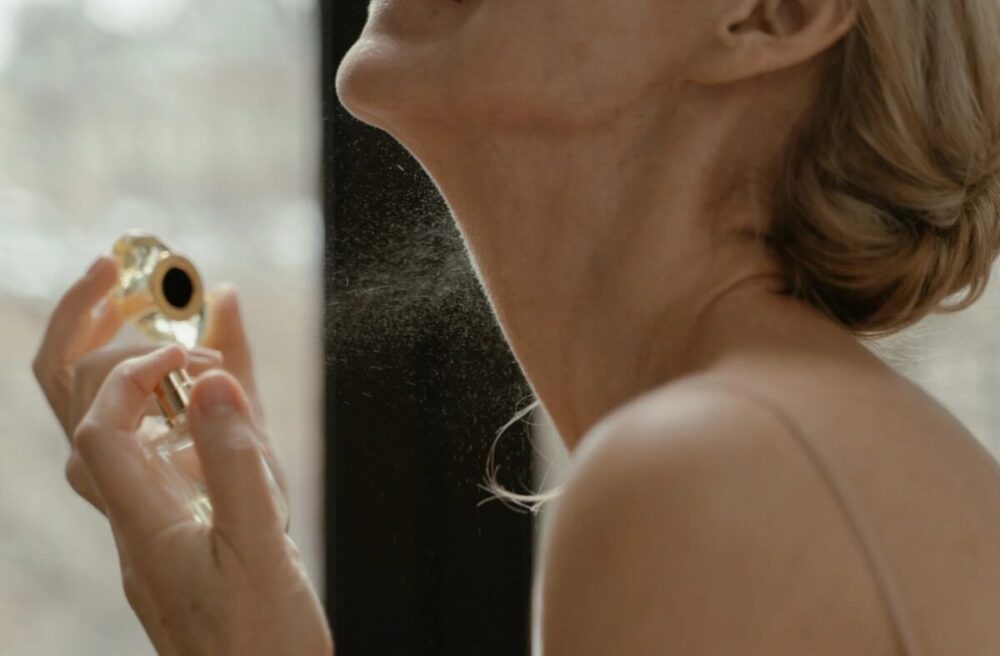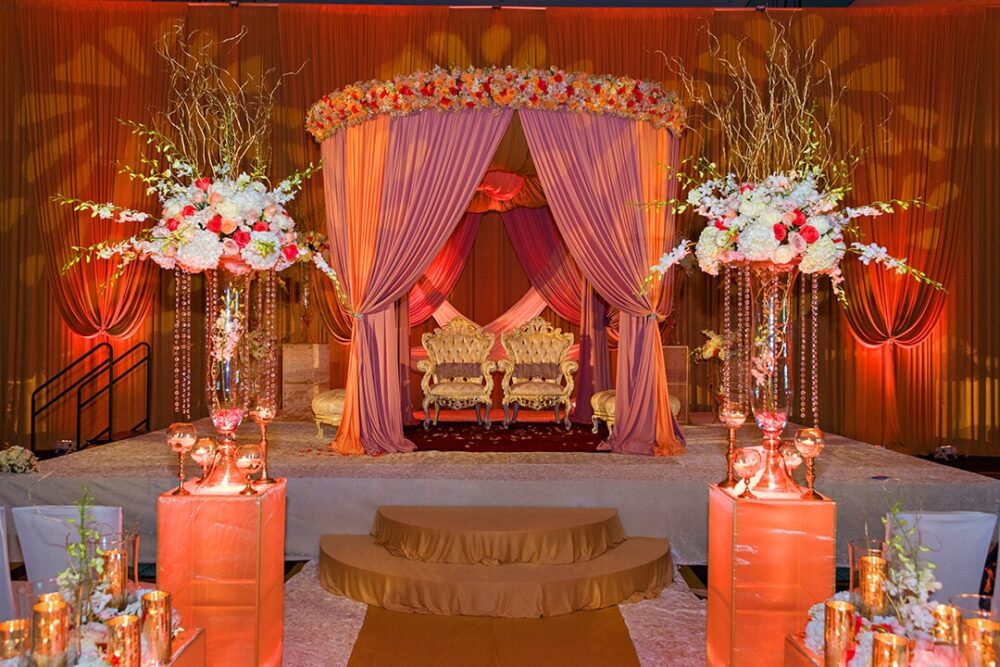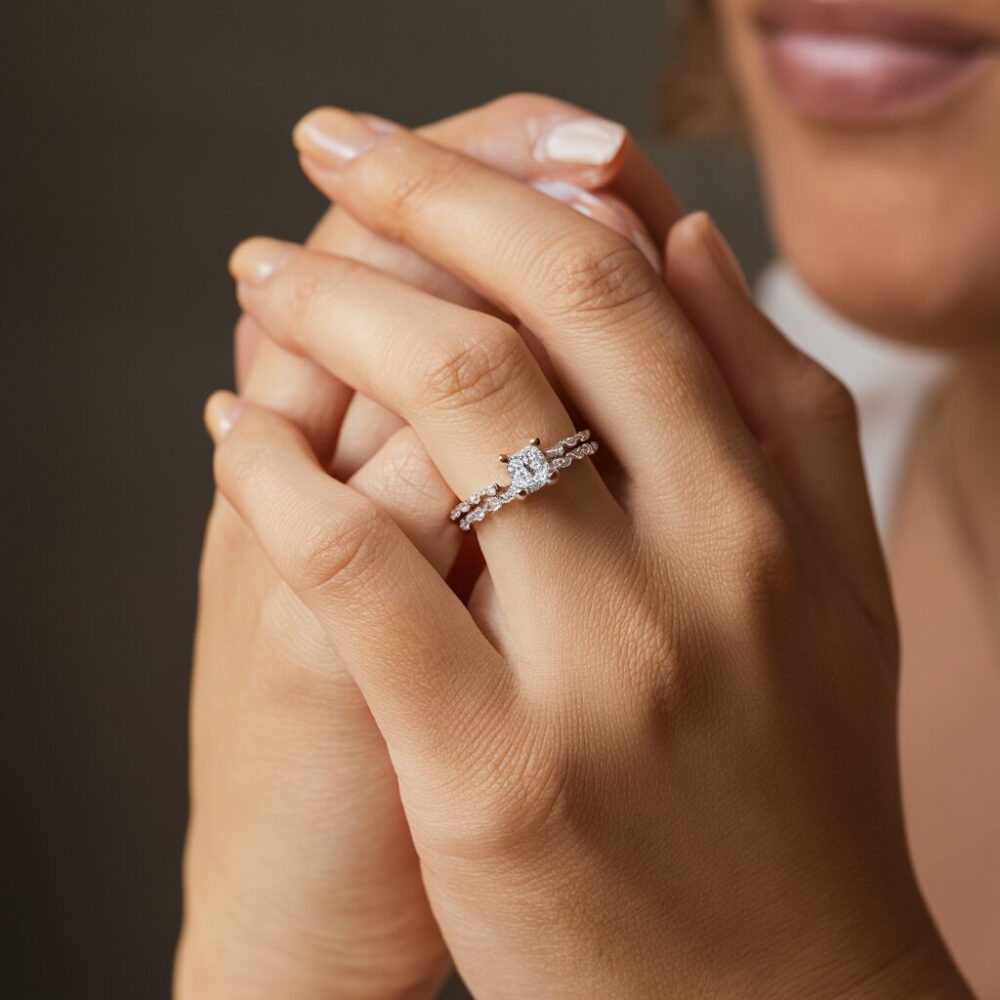Perfume, a subtle yet potent form of art, has captivated human senses for centuries. It weaves through our lives, leaving lasting impressions and evoking vivid memories. In this blog post, we will embark on a fragrant journey to uncover the secrets behind perfume creation. From the essential ingredients to the intricate process, we’ll explore how the artistry and science of perfume-making come together to create scents that enchant and mesmerize.

The Ingredients of Perfume
At the heart of every perfume are its ingredients. Perfumers meticulously blend various components to craft harmonious fragrances. These ingredients are categorized into three distinct layers: base, middle, and top notes. Base notes, the foundation of a perfume, provide longevity. Middle notes contribute to the perfume’s character, while top notes create the initial impression. Both natural and synthetic ingredients play a crucial role in achieving the desired scent profile.
Extraction Methods for Natural Ingredients
Natural ingredients, such as flowers and fruits, are the soul of many perfumes. These exquisite components are extracted using time-honored methods like distillation and enfleurage. Distillation involves steam passing through plant material to collect aromatic compounds, while enfleurage employs fats to absorb fragrances. Examples of beloved natural fragrance sources include roses, lavender, and, from the heart of Vietnam, the mesmerizing scent of d’Annam.

Creating Synthetic Fragrances
In today’s perfume industry, chemists are unsung heroes. They craft synthetic fragrance compounds, often replicating nature’s scents or inventing entirely new ones. These synthetics offer a wealth of benefits, from cost-effectiveness to consistency. They enable perfumers to push the boundaries of creativity, resulting in unique and innovative fragrances that cater to diverse preferences.
The Perfume Making Process
The art of perfume creation is a meticulous process that demands precision and creativity. It begins with blending the chosen ingredients, balancing the notes to achieve the desired olfactory symphony. Patience is key as the blend matures through aging, allowing the ingredients to harmonize. Quality control is paramount, ensuring that each bottle of perfume meets the highest standards of excellence.

Perfume Classification and Families
Perfumes are classified into families based on their dominant scent characteristics. These classifications help consumers navigate the vast world of fragrances. Popular fragrance families include floral, oriental, and woody. Floral scents are delicate and feminine, while oriental fragrances are warm and spicy. Woody fragrances exude earthiness and depth. Understanding these families can guide you to scents that resonate with your personal style.
Conclusion
In conclusion, the art of perfume-making is a fusion of science and artistry, where chemistry and creativity intertwine to create captivating scents. As we delve into the world of perfumery, we gain a deeper appreciation for the intricate process behind each bottle of fragrance. Whether it’s the allure of natural ingredients or the innovation of synthetics, every perfume tells a unique story. So, the next time you encounter a delightful fragrance, take a moment to savor the complexity and craftsmanship that went into its creation. Perfume is not just a scent; it’s a work of art that enriches our lives in ways beyond measure.





